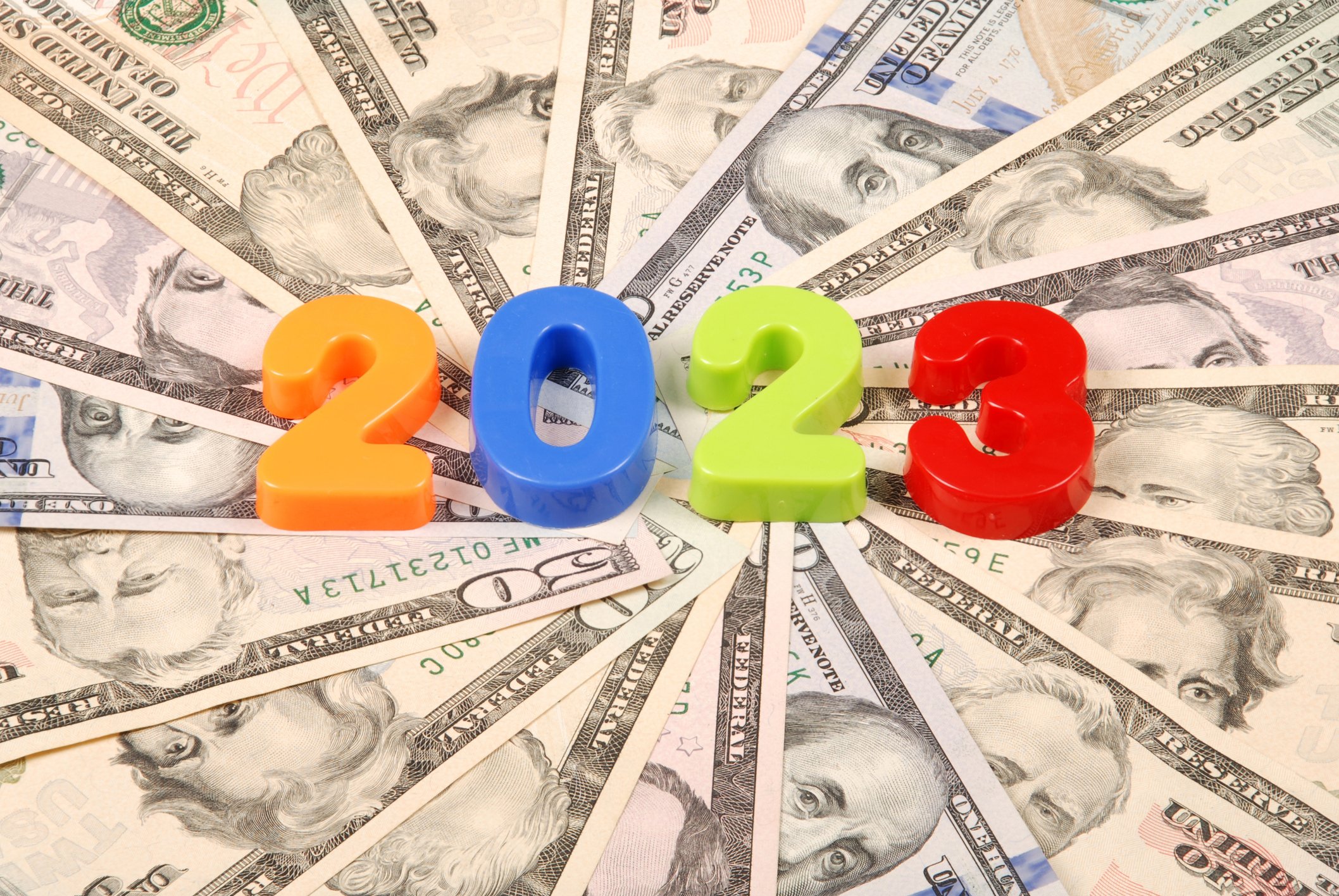Over the past four months, investors have dealt with about a decade's worth of volatility -- and we're not even at the halfway mark of 2020 yet.
Uncertainty tied to the coronavirus disease 2019 (COVID-19) pandemic initially sent the broader market screaming to its fastest bear market decline in history. It took the iconic Dow Jones Industrial Average a mere 16 trading sessions to enter bear market territory, with the Nasdaq Composite and S&P 500 following one trading day later.

Image source: Getty Images.
Amazingly, though, the stock market has regained a significant portion of its losses. Despite a nearly nine-decade high U.S. unemployment rate, the tech-heavy Nasdaq Composite recently hit an all-time high.
If these wild vacillations in the market have taught investors anything, it's the value of picking out winning stocks and sticking with them for long periods of time. Though we can't predict what the market will do tomorrow or next week, the long-term outlook for great companies is a lot easier to forecast.
Best of all, making money in the stock market doesn't mean you have to have Warren Buffett's pocketbook. If you have $2,500 at your disposal that won't be needed for emergencies or to pay bills, then you have more than enough to buy winning stocks and hang onto them for the long run. Here are three great stocks to consider buying right now.

Image source: Getty Images.
Exelixis
First up is cancer-drug developer Exelixis (EXEL +1.09%), which has a cool five-year return of 482%, through June 24. Since flopping in a prostate cancer drug trial, lead drug Cabometyx has proved virtually unstoppable as a likely blockbuster drug for Exelixis.
Cabometyx is currently approved to treat first-and-second-line renal cell carcinoma (RCC), and was more recently given the green light for advanced hepatocellular carcinoma. It remains the only second-line RCC therapy that offers the trifecta of a statistically significant improvement in objective response rate, progression-free survival, and overall survival. Cabometyx's penetration in these indications should lead to more than $1 billion in annual recurring sales by 2021.
Label expansion opportunities remain exciting for Exelixis, as well. For instance, results from the late-stage CheckMate 9ER study, released in April, which evaluated Cabometyx in combination with chief rival Opdivo, a cancer immunotherapy produced by Bristol Myers Squibb, found that the duo met its primary and secondary trial endpoints for untreated advanced RCC. This combination may allow Exelixis to secure an even larger share of the RCC treatment pie.
Also, don't overlook Exelixis' insane cash flow. Exelixis has brought in more than $400 million in free cash flow over the trailing 12-month period and is knocking on the door of having $1 billion in cash and cash equivalents in its coffers. If it's not acquired within the next couple of years, there's a pretty good chance that Exelixis will use its serious cash-generation to become a buyer and look to broaden its portfolio.
Winners keep winning, which is why you'll want to invest in Exelixis.

Image source: Getty Images.
Wheaton Precious Metals
Another winner to consider investing in right now is precious-metal streaming specialist Wheaton Precious Metals (WPM +1.20%). While the idea of investing in a mining stock might sound stodgy, just remember that Wheaton is up 129% over the trailing five-year period, and more than 1,200% since 2005.
What differentiates Wheaton from most gold and silver stocks is the fact that it's a streaming company. This means it's not responsible for day-to-day mine operations or maintenance. Rather, it provides upfront capital to mining companies to develop a new mine or expand an existing operation. In return, Wheaton nets a percentage of output for a long period of time (occasionally the life of a mine), and it pays a below-market cost for what it receives. It then sells what it receives at market rates and pockets the difference as profit. With the exception of large capital outlays for initial deals, it's an exceptionally low-cost business model that leads to highly predictable cash flow.
Currently, Wheaton Precious Metals finds itself in the sweet spot with gold nipping at an eight-year high. Global bond yields have plunged and central banks around the world are flooding their financial markets with liquidity. These actions to should boost demand for gold as a store of value and send the yellow metal to new nominal highs. No mining stocks benefit more directly from an increase in the spot prices of precious metals than streaming companies like Wheaton.
During the first quarter, Wheaton Precious Metals reported an average cash cost of $403 per gold equivalent ounce (GEO), but sold each GEO for $1,534 an ounce, on average. For context, gold was nearing $1,800, as of last week. These exceptional cash operating margins have played a key role in Wheaton upping its quarterly dividend and reducing net debt, which is down to $589 million.
As precious metals grow even hotter during the early stages of a recovery, Wheaton should be a prime beneficiary.

Image source: Mastercard.
Mastercard
No list of winning stocks is complete without a mention of payment-processing giant Mastercard (MA 0.55%), which has returned 209% over the trailing five-year period and 1,240% over the trailing decade.
One factor working in Mastercard's favor is that the payment processing space is difficult to disrupt. Though Square has had success in recent years, it's otherwise very expensive and time-consuming for new players to build rapport with merchants and deploy needed infrastructure. These significant barriers to entry have played an important role in allowing Mastercard to establish itself as the No. 2 player by market share in credit card processing in the United States. That's a pretty enviable position to be in considering how consumption-dependent gross domestic product is in the United States.
To build on this point, Mastercard and its chief rival Visa solely focus on payment-processing and stay out of the lending side of the equation. While this does mean that Mastercard is giving up on the opportunity to "double dip" and collect interest income during periods of economic expansion, it also means there are no direct negatives when recessions do occur and loan delinquencies rise (as is happening right now).
Mastercard is also privy to an exceptionally long growth runway. You see, the vast majority of the world's transactions are still being conducted in cash. This should allow Mastercard plenty of opportunity to expand its infrastructure into Africa, the Middle East, and southeastern Asia in the years and decades to come, which'll probably help the company sustain a low double-digit growth rate.
As I said before, winners keep winning.








